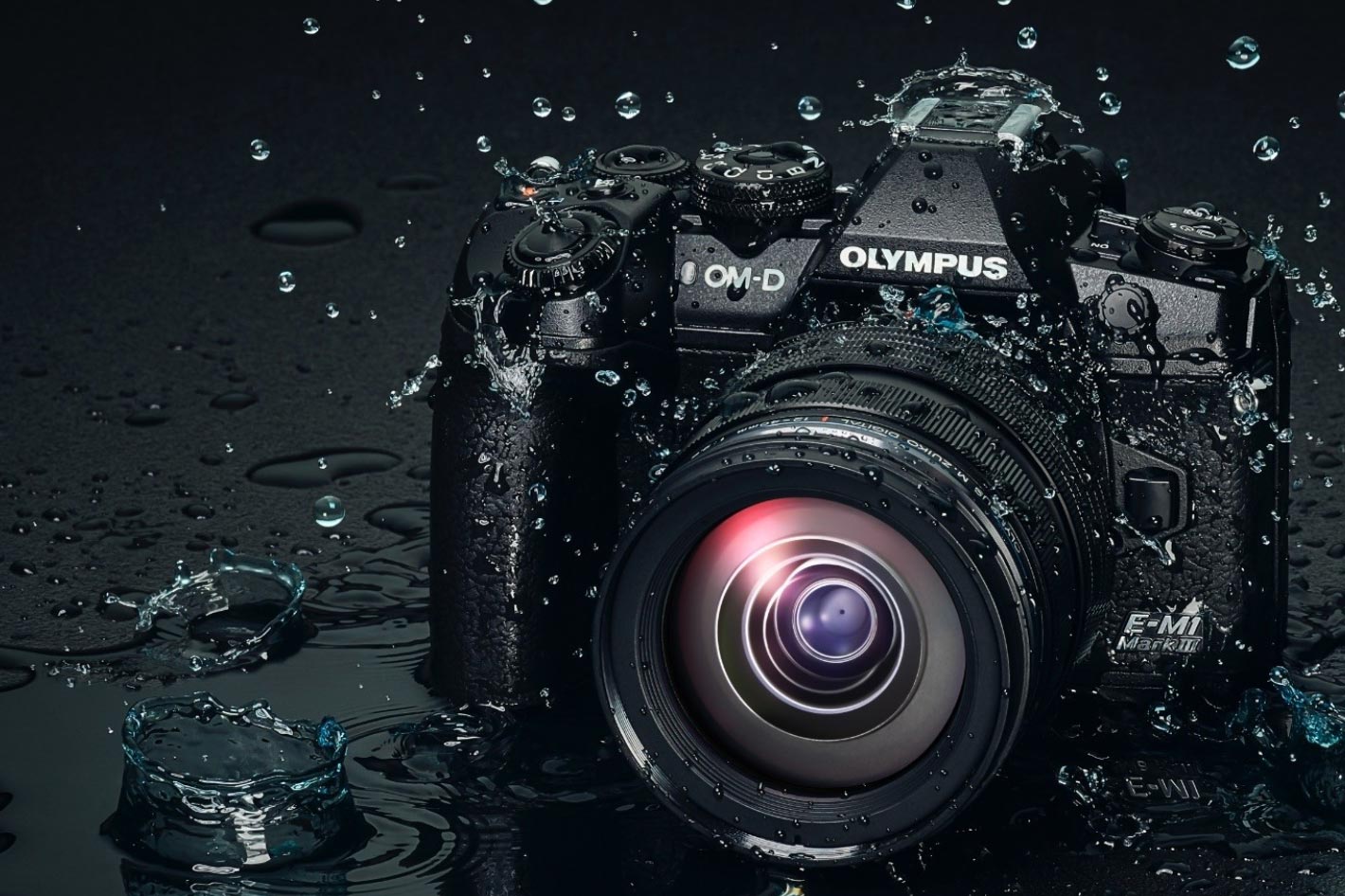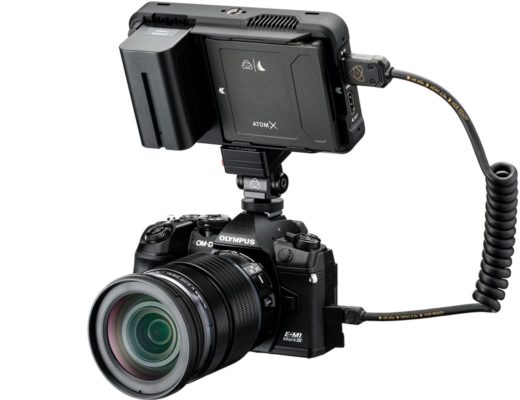 “Olympus to Exit Camera Business After 84 Years” is how the Wall Street Journal titled the news about Olympus selling its camera division. But for some users, it’s the second time Olympus leaves the market.
“Olympus to Exit Camera Business After 84 Years” is how the Wall Street Journal titled the news about Olympus selling its camera division. But for some users, it’s the second time Olympus leaves the market.
I don’t really understand it. The recent announcement that Olympus is about to leave the market seems to be met by some with comments that appear to want to sound funny, and the media titles and tone also sound, occasionally, as if writers are glad that companies fail. It’s the same “joy” I sometimes note on comments of the market contracting, as if it’s a funny thing that sales go down the drain.
The news that Olympus is leaving the market have been met, by some, with that kind of attitude, what’s strange, to say the least, when coming from people writing about the industry: if all the companies go – and you exult writing the news of their demise -, there will be a day when you’ll not have more work, too, because there will be nothing to write about…
I’ve read the news a couple of days ago, when it was first announced, and I started to write an article about what this represents to the market, along with other changes we are seeing, both Covid-19 and not Covid-19 related – but I stopped, as other, more pressing news, had to be published. I also didn’t feel like writing what is, apparently, an obituary, because it is painful to do so. And furthermore, in this case I have a clear sensation of déjà vu, as I’ve lived this situation before. Yes, this is the second time Olympus leaves the market: the first, although partially, happened when the industry transitioned to auto focus and all Olympus could show as a SLR solution was an OM-707, from 1986. I wrote about that then, and it was not a good experience.
 Olympus: three years of operating losses
Olympus: three years of operating losses
I may have been critical of Olympus for some of its Four Thirds and Micro Four Thirds experiences and claims – these are two different things, in case you didn’t know – but I have to admit that I’ve a passion for Olympus, although I never owned more than a few compacts – some models celebrating Olympus feats – and one of their first Micro Four Thirds models, which I praised in due time, and still keep around for when I want to use a light camera. But I’ve had friends and family using Olympus in the good old days of film, and the small SLRs from the company were always – still are today – exciting pieces of machinery.
According to the news, by December 31, 2020 Olympus will have completed its “divestiture of imaging business”, a legal term that means the Olympus Corporation will sell its business to Japan Industrial Partners, Inc.. The move is the result of three consecutive years of operating losses, despite all the claims by Olympus – and the fanboys. One only has to look at all the recent announcements by Olympus, about delaying shareholder meetings and the latest earnings to seer the whole picture. When the fiscal year ended in March 2020 and the reality of another loss was more than clear, the company, pressed by its investors, decided to put an end to the agony.
This is all well documented in multiple publications, from financial newspapers to magazines. I share with you, here, a couple of links that will give you some of the recent stories, with lots of details. One to the website PhotoRumors, who has followed the story and published, since last year, a series of articles. Another link you might want to follow will take you to an opinion piece by photographer Ming Thein that reflects on the technological aspects and the future of Olympus cameras. Those will give you an hindsight on the second demise of Olympus.
 Olympus: a statement to communities
Olympus: a statement to communities
Besides the announcement of the transfer of Olympus’ long-standing Imaging business, known for its digital cameras and IC recorders, to JIP by the end of 2020, the company also published a “Statement to our communities regarding today’s corporate disclosure” that tries to reassure users and the market. In it, the company states that “during the ongoing discussions, Imaging will continue business as usual. Sales, service and marketing departments will continue to work hard to support customers passionate about photography with great products and services. “
 The company added that “we believe this is the right step to preserve the legacy of the brand, the value of the technologies and the outstanding products. Olympus sees this transfer as an opportunity to enable its Imaging business to continue providing value to longtime and new customers, fans and photography enthusiasts.”
The company added that “we believe this is the right step to preserve the legacy of the brand, the value of the technologies and the outstanding products. Olympus sees this transfer as an opportunity to enable its Imaging business to continue providing value to longtime and new customers, fans and photography enthusiasts.”
As I wrote above, this is sad news, and something I rather not have to write about. I’ve no joy to write that an 84 year-old company is leaving the industry, and to write about it for the second time, although the first time it was different: with the introduction of auto focus, all consumer-grade SLR models from Olympus were discontinued after 1992, since the market for manual-focus SLR cameras had declined greatly.
 Goodbye to SLRs, goodbye to DSLRs
Goodbye to SLRs, goodbye to DSLRs
Although the company continued to produce some of its top models, like the OM-4Ti, until 2002, the market had moved after auto focus. My brother-in-law, who had used Olympus since its inception, and had some SLRs and a whole series of lenses, big and small, sold everything in the 90s and moved to Canon, which was one of the first brands to offer auto focus. Olympus’ kept out of the auto focus SLRs market offering instead its IS series of cameras. In 2003, the company introduced the E-1, the first DSLR system camera designed from the ground up for digital photography, according to the company.
The rest is history, part of which I’ve written about here at PVC: the Four Thirds System, which Olympus wanted to be an universal format, never managed to get the support the company had hoped for, and was silently discontinued in favor of the Micro Four Thirds System, which is a mirrorless system released by Olympus and Panasonic in 2008. For some users of old Olympus SLRs, the new MFT solutions represented a path back to the brand, an adventure that may be about to end now. Again!
What the sale of Olympus Imaging represents for Micro Four Thirds is a mystery. While the company tries to calm the market and users, the truth is that no one knows what’s next: will Japan Industrial Partners try to make it a profitable business? Can they succeed when the company has been trying for so long and did not manage to keep the business afloat? Will there be any future development of the system?
Whatever the future will bring, this is, no doubt, a sad day. I still have people I know working at Olympus, and it pains me to know that, besides all the confusion created by the actual pandemic situation, they now face another challenge. Olympus’ technical support for Europe is based in my country, and I wonder what’s going to happen next. But I guess we all knew it was coming, it was only a matter of when. It’s just sad.

Filmtools
Filmmakers go-to destination for pre-production, production & post production equipment!
Shop Now













